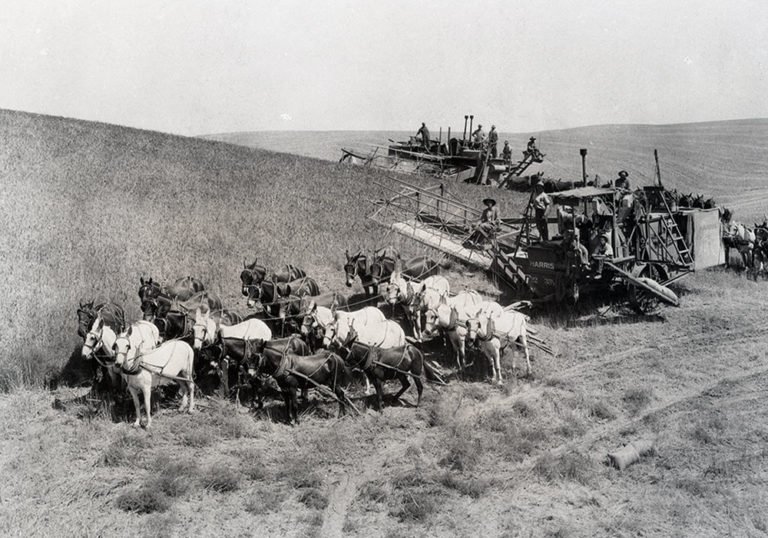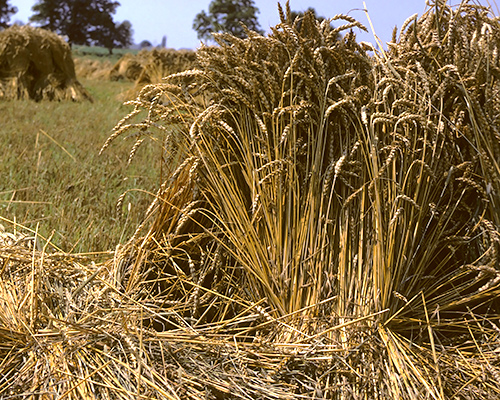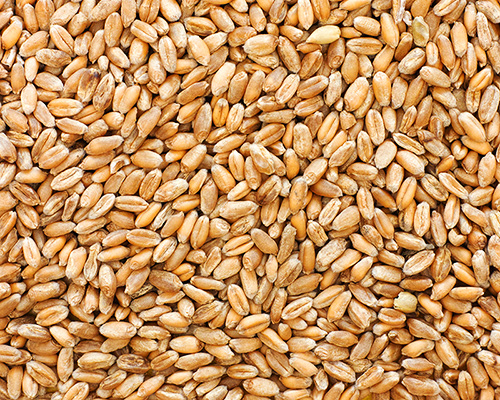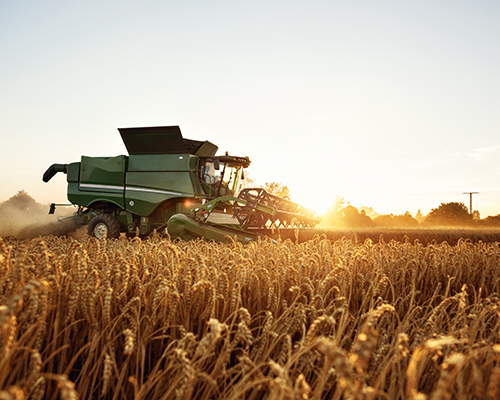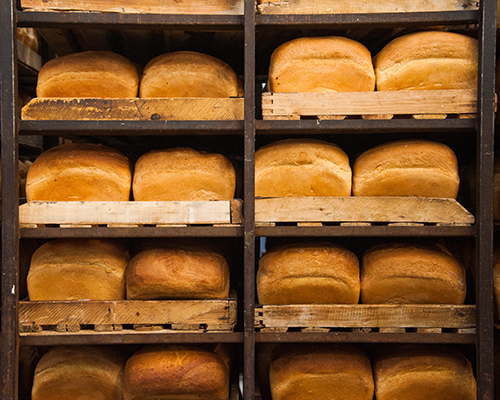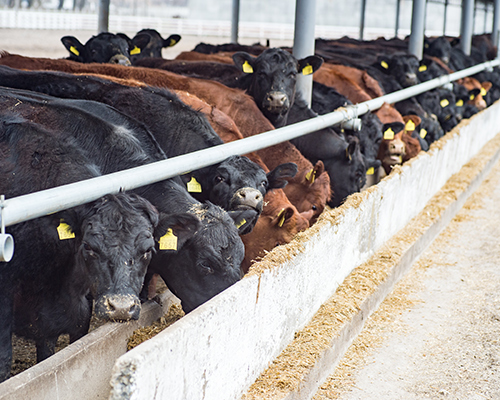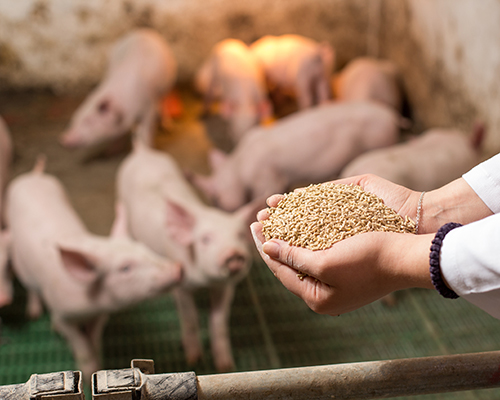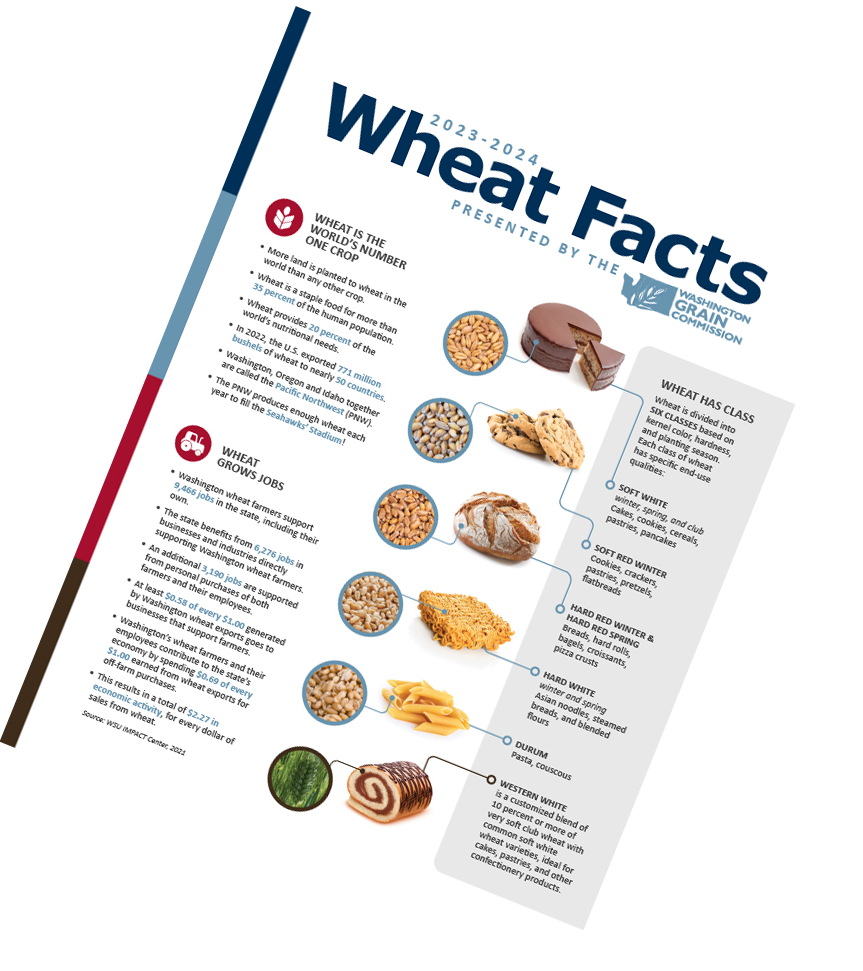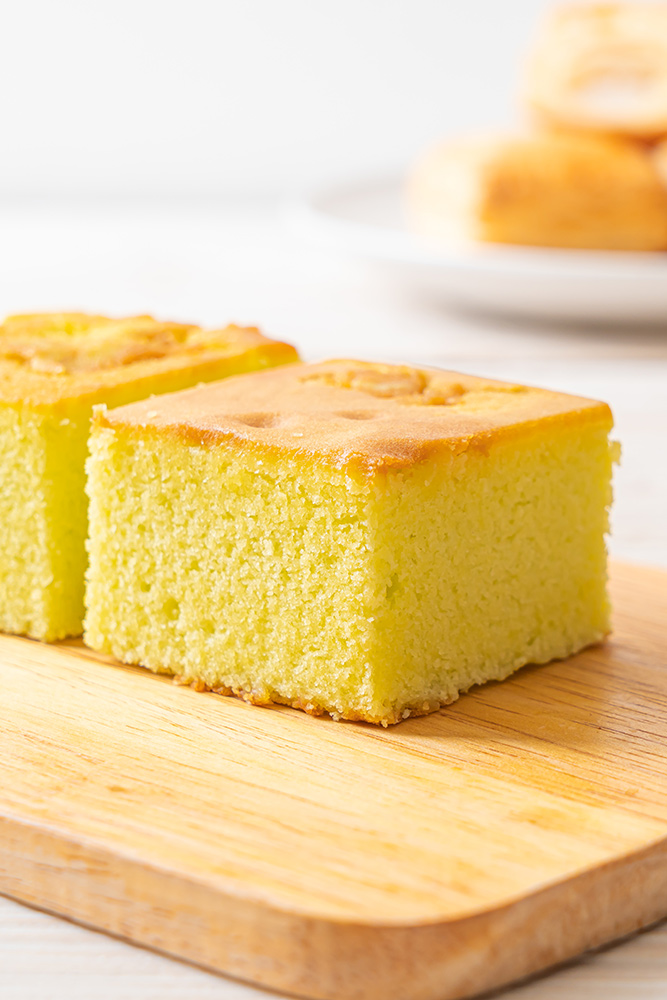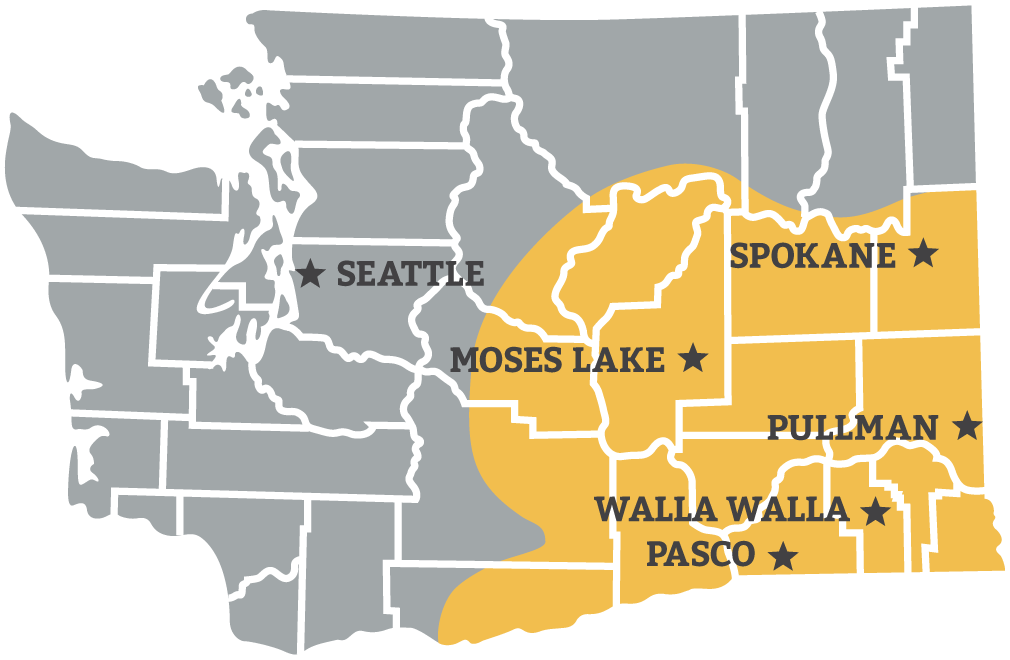History of Wheat
Mother Nature created wheat in its natural laboratory over millions of years. Discovery of its nutrition, versatility, and taste began in phases, starting approximately 20,000 years ago when anthropologists believe the first humans began eating the seeds out of the heads of wheat. In Jordan, in 2019, archeologists discovered hearths where wheat had been ground and made into flat bread 14,000 years ago. Between 10,000 to 12,000 years ago, farming began in the Fertile Crescent of the Middle East, spreading across countries that now include Syria, Lebanon, Egypt Jordan and Turkey. Farming wheat meant the end of the hunter/gatherer lifestyle of prehistoric man and the beginning of civilization. Whether you eat it or not, we are all children of wheat.
